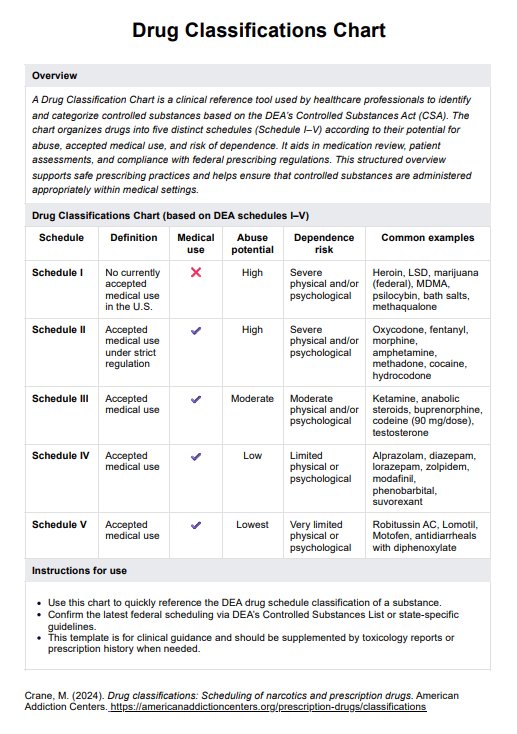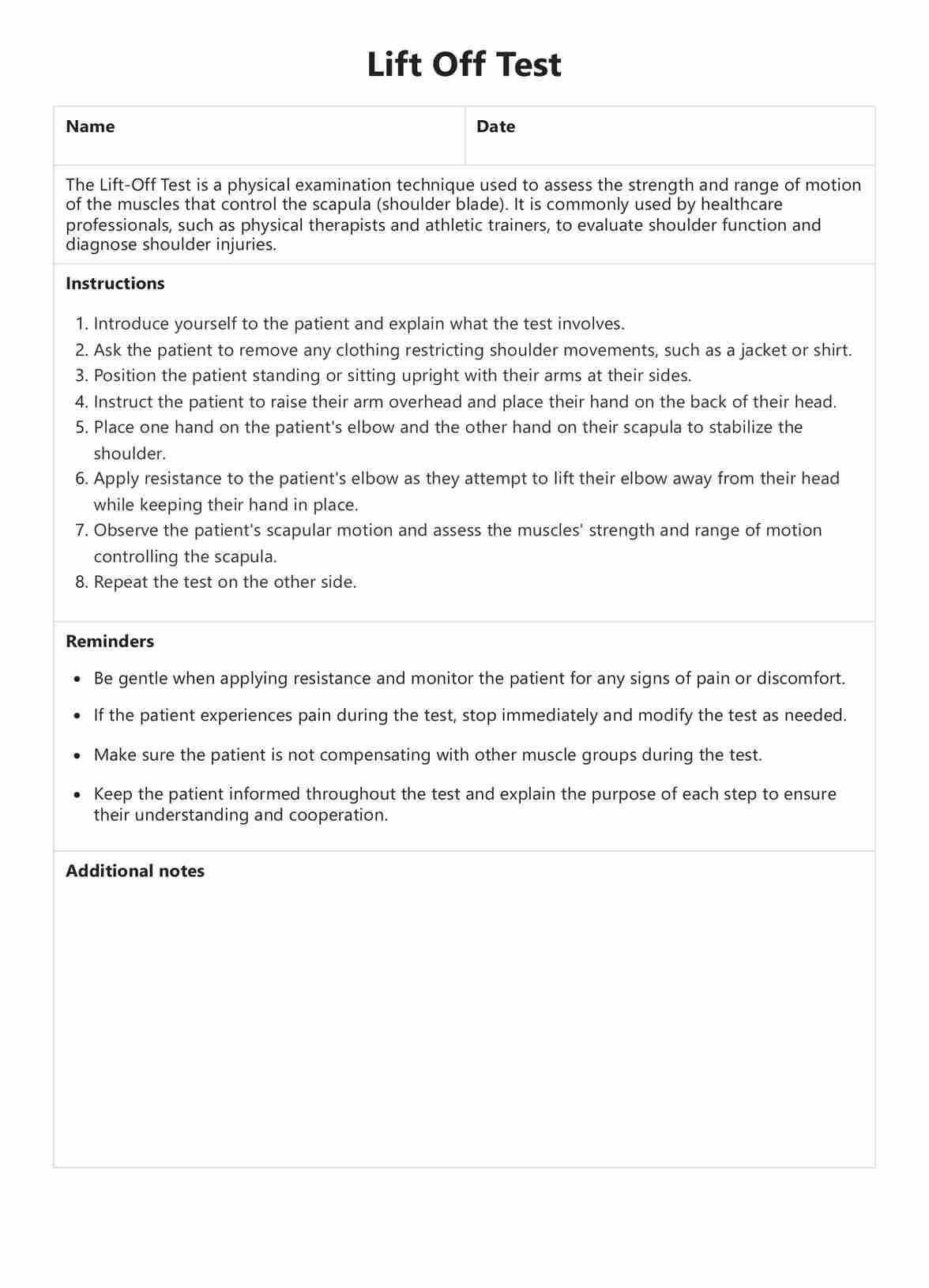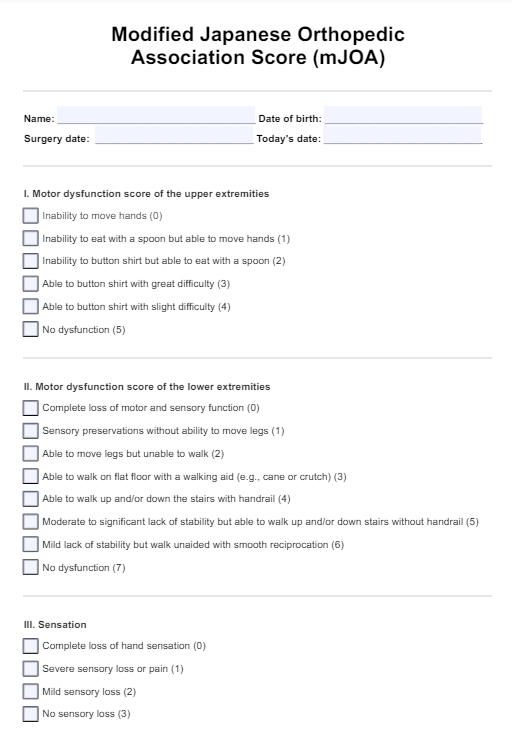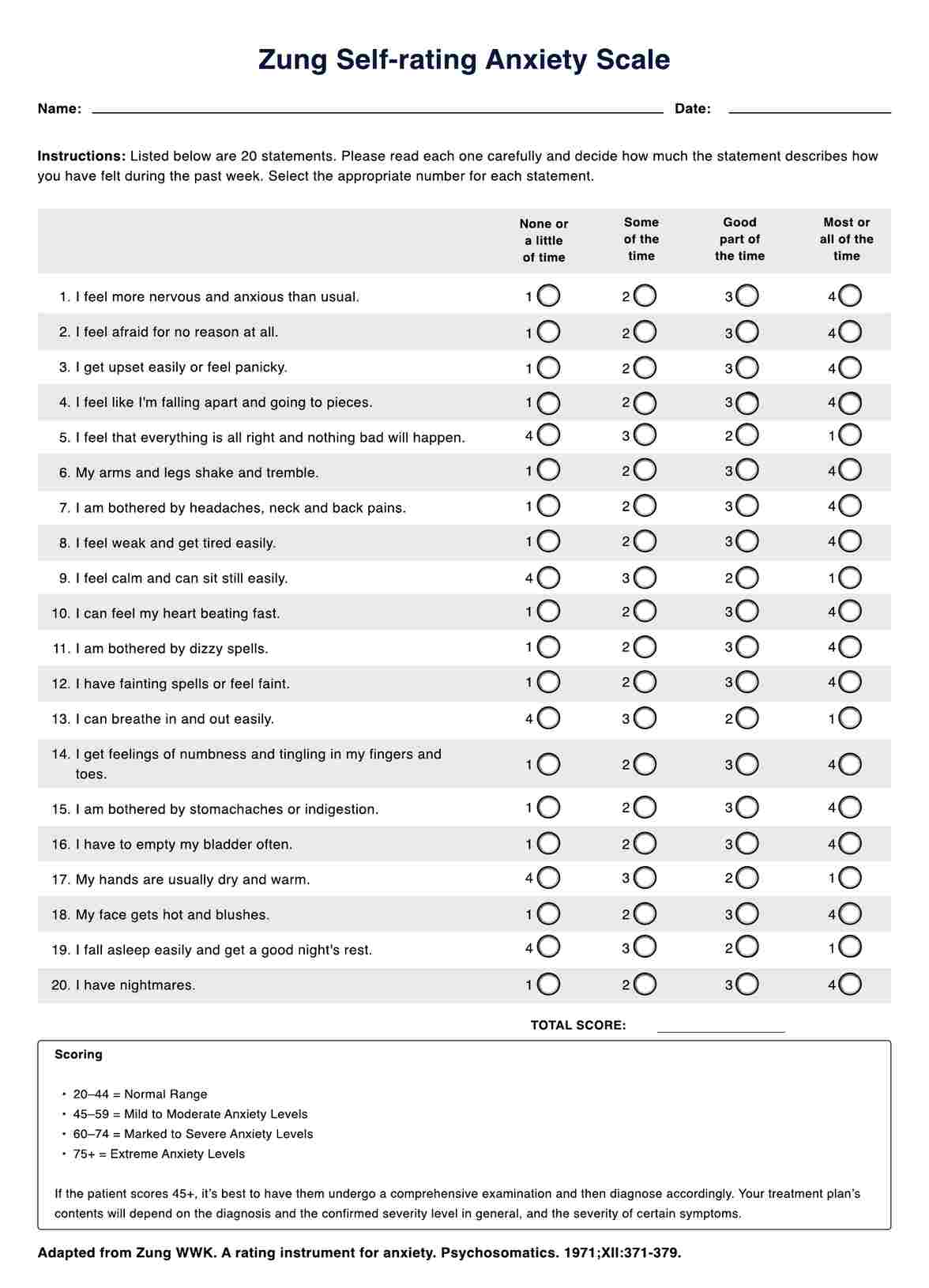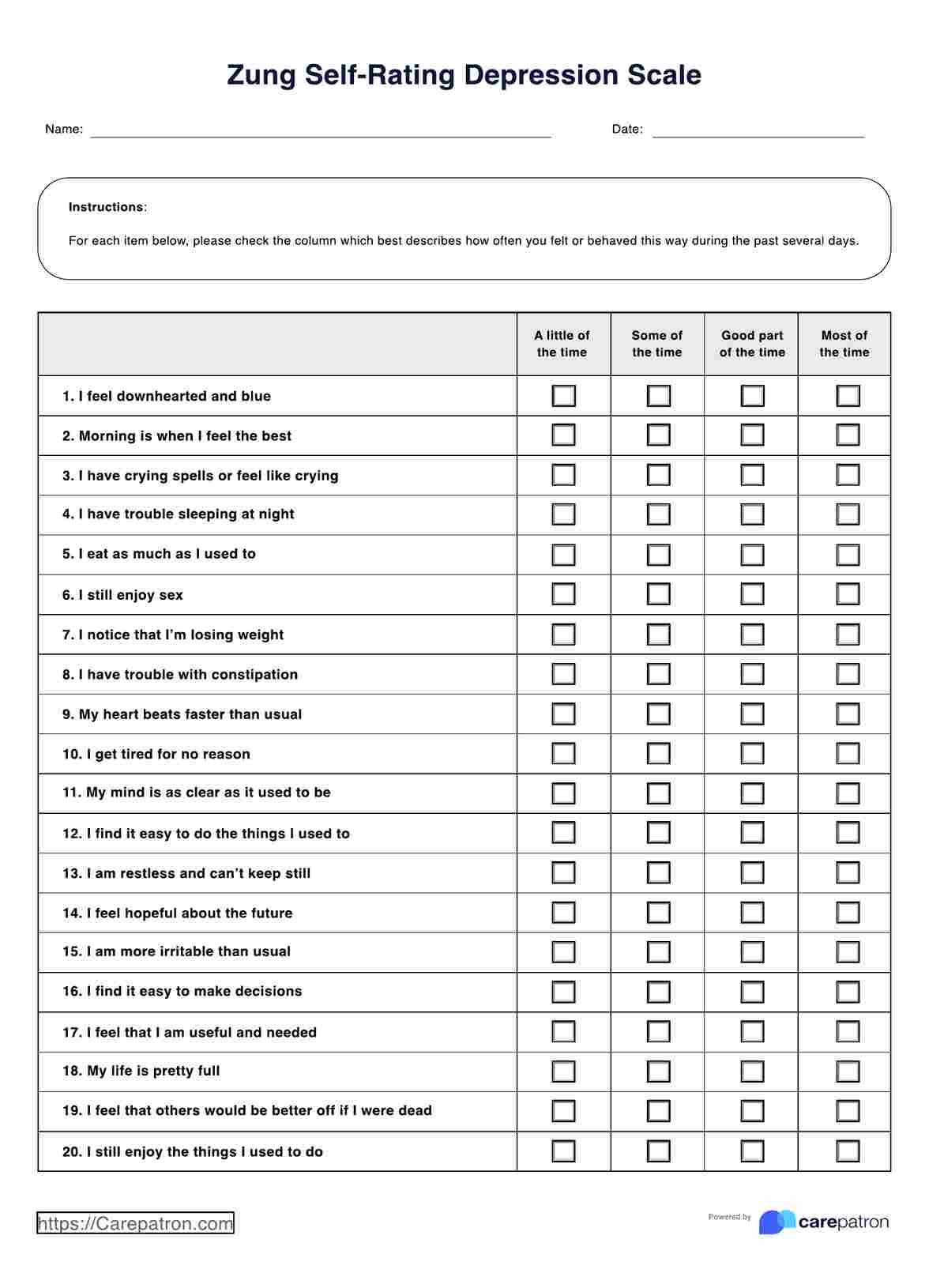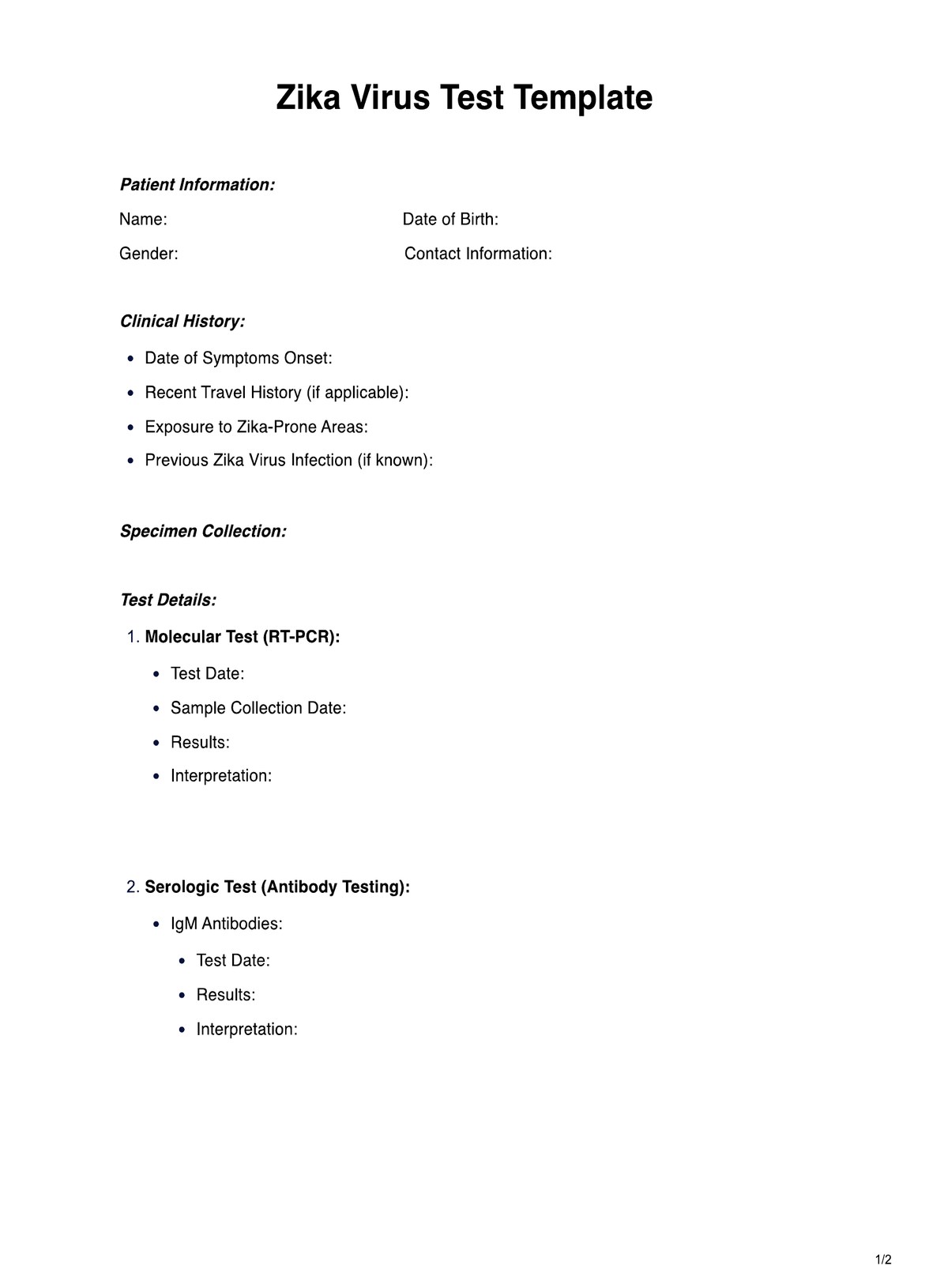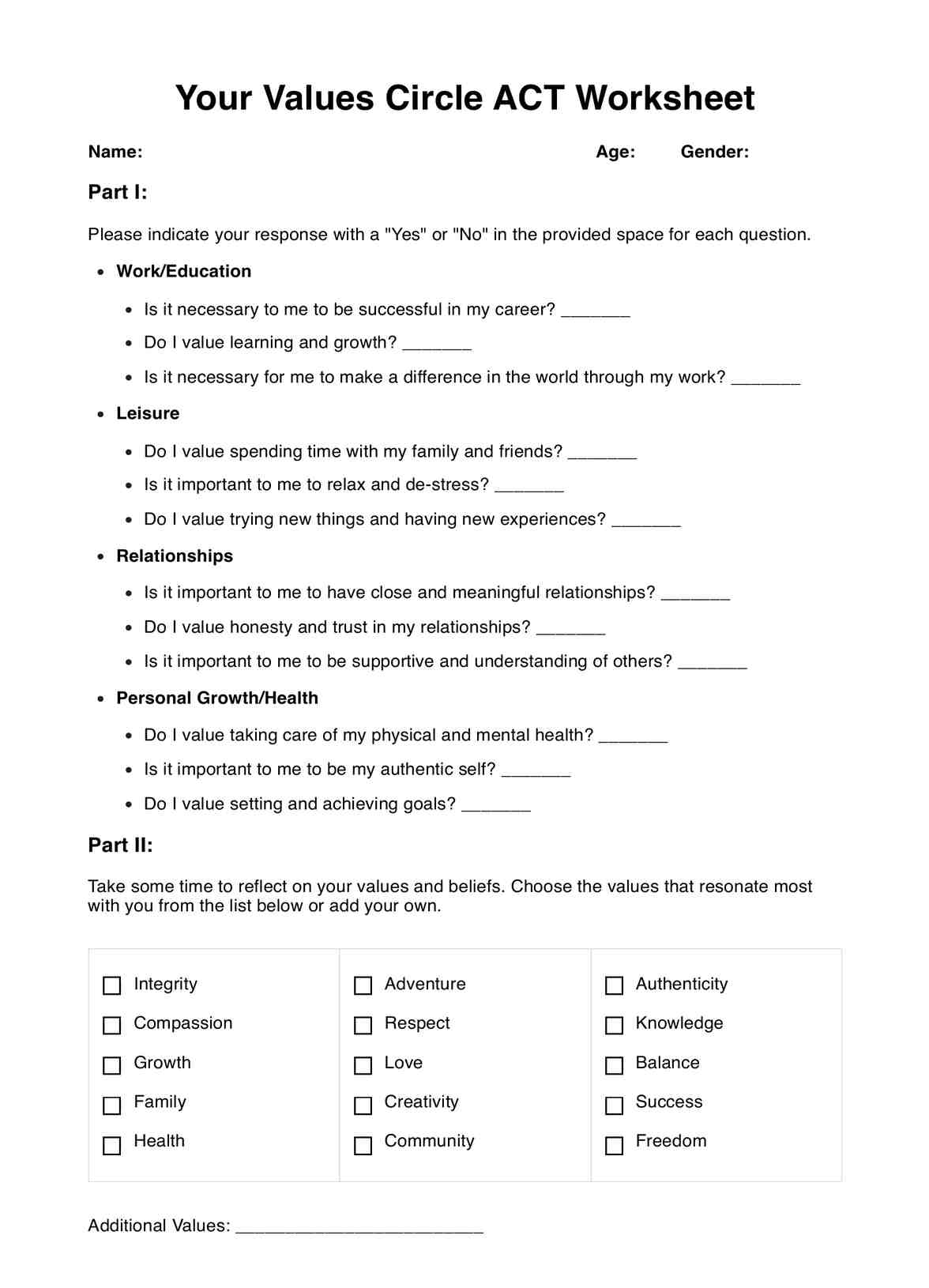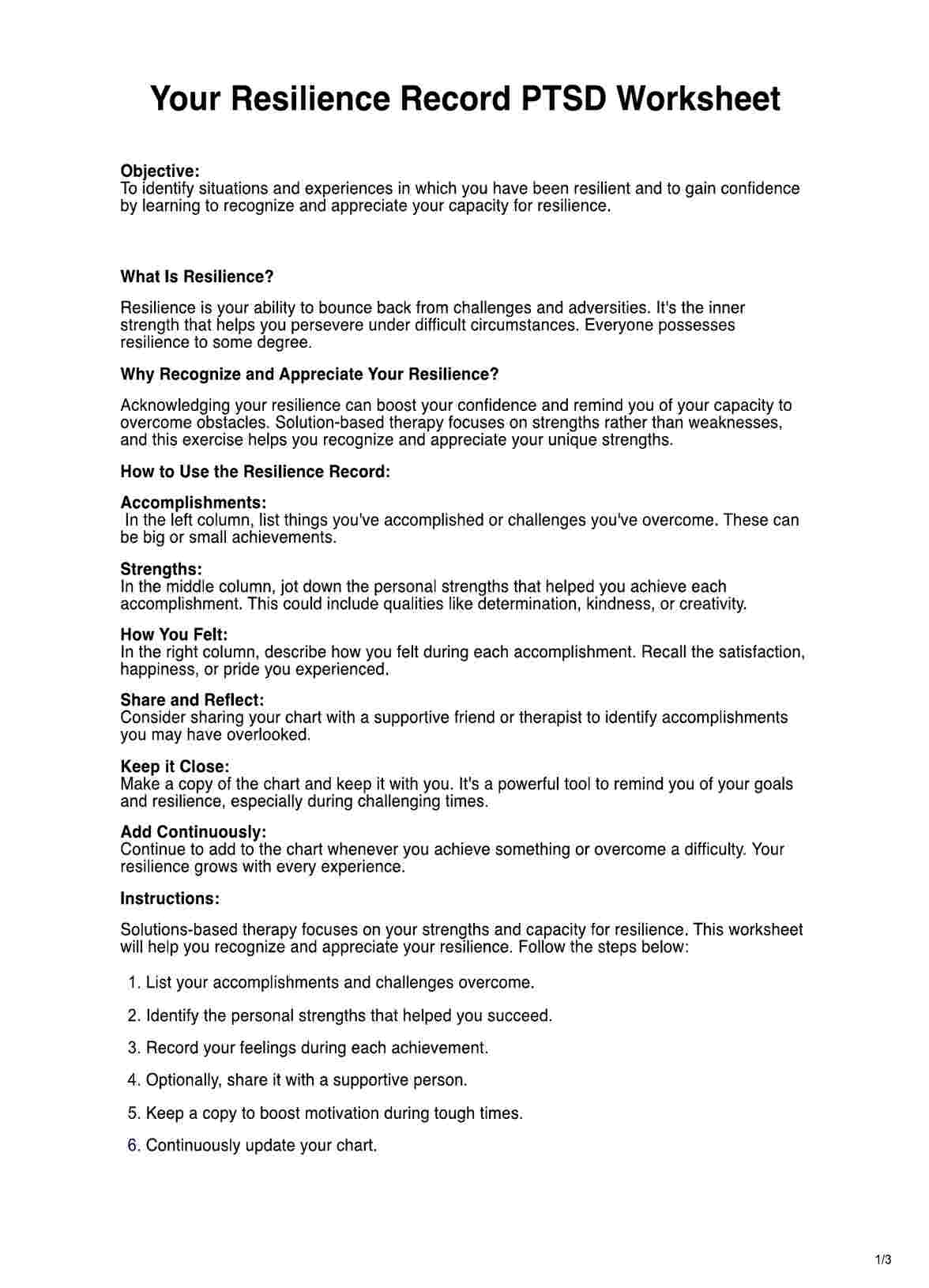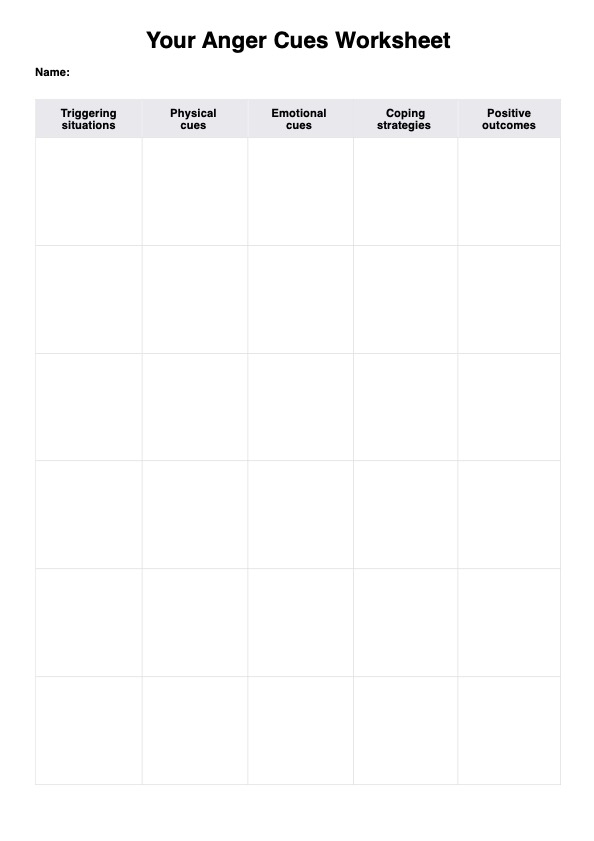This tool can be used by mental health professionals, researchers, or individuals looking to understand their happiness levels. It is not a diagnostic tool but can complement psychological assessments.
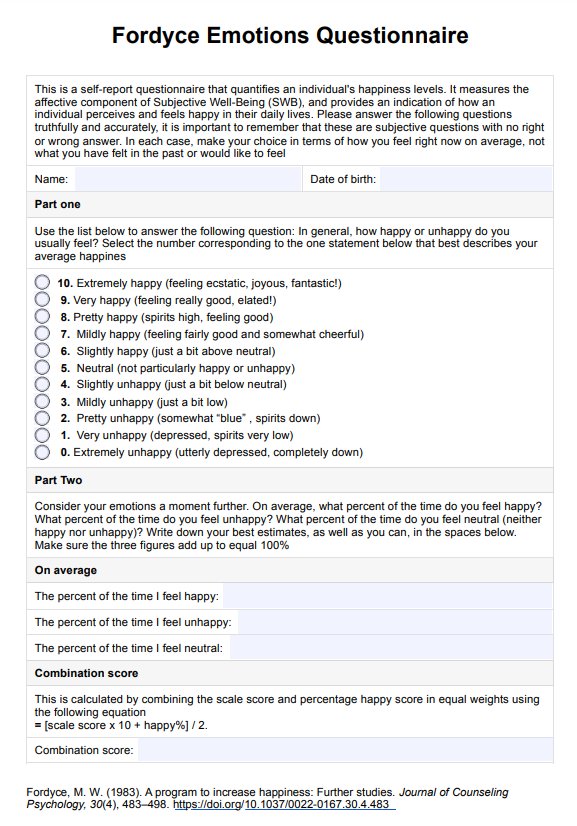
Fordyce Emotions Questionnaire
Click here to learn more about the Fordyce Emotions Questionnaire and how it can be used.
Use Template
Fordyce Emotions Questionnaire Template
Commonly asked questions
Yes, other tools, such as the Authentic Happiness Inventory and the General Happiness Scale, also measure subjective well-being and can be used alongside the Fordyce Emotions Questionnaire for a more comprehensive analysis.
Yes, it is based on research and is widely used in psychology to understand subjective well-being, though it should be interpreted alongside professional expertise.
EHR and practice management software
Get started for free
*No credit card required
Free
$0/usd
Unlimited clients
Telehealth
1GB of storage
Client portal text
Automated billing and online payments

